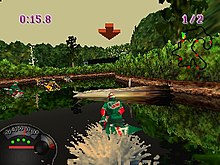
Final Fantasy Chronicles is a compilation of Square's role-playing video games Final Fantasy IV (1991) and Chrono Trigger (1995), released for the North American Sony PlayStation on July 2, 2001. TOSE ported both titles from the Super Nintendo Entertainment System; each had been previously released as individual Japanese PlayStation ports in 1997 and 1999. Several bonus features were added to each game, such as art galleries, bestiaries, and cutscenes—including computer-generated imagery full motion video used at the beginning of Final Fantasy IV and anime scenes used throughout Chrono Trigger.

Crash Bash is a 2000 party video game developed by Eurocom Entertainment Software in association with Cerny Games and published by Sony Computer Entertainment for the PlayStation. It is the fifth title in the Crash Bandicoot series and the first entry in the series in the party genre. The game includes a collection of 28 mini-games playable within three modes of gameplay, as well as eight playable characters from the Crash Bandicoot series.
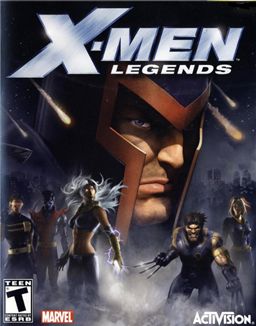
X-Men Legends is an action role-playing video game developed by Raven Software and published by Activision. It was released on the GameCube, PlayStation 2 and Xbox consoles in 2004. Barking Lizards Technologies developed the N-Gage port of the game, which was released in early 2005. Players can play as one of fifteen X-Men characters, with the ability to switch between four computer- or human-controlled characters at any time.

Twisted Metal 2 is a vehicular combat video game developed by SingleTrac and published by Sony Computer Entertainment. The second game in the Twisted Metal series, it was originally released in 1996 for PlayStation and Windows.

Jet Moto 2 is a 1997 racing video game developed by SingleTrac and published by Sony Computer Entertainment for the PlayStation video game console. It is the sequel to the 1996 game Jet Moto. It was released in North America on November 11, 1997, in Europe in April 1998, and in Japan on August 6, 1998. In January 2008 Jet Moto 2 was made available for the PlayStation Portable and PlayStation 3 via the PlayStation Network. The PlayStation Greatest Hits version, branded within the game as Jet Moto 2: Championship Edition, is slightly different from the original in that the framerate is increased, the number of competitors is limited to four, and all the original Jet Moto tracks are unlocked from the start.

Jet Moto 3 was released exclusively for the PlayStation video game console on August 30, 1999. It was the only Jet Moto title released by developer Pacific Coast Power & Light and publisher 989 Studios. It has been released only in North America. It was released on the PlayStation Network on February 21, 2008 but was removed shortly thereafter for undisclosed reasons.

Guitar Hero is a 2005 rhythm game developed by Harmonix and published by RedOctane for the PlayStation 2. It is the first installment in the Guitar Hero series. Guitar Hero was released in November 2005 in North America, April 2006 in Europe and June 2006 in Australia. The game's development was a result of collaboration between RedOctane and Harmonix to bring a Guitar Freaks-like game to United States.

Rogue Trip: Vacation 2012, also known as Rogue Trip, is a vehicular combat video game developed by SingleTrac and published by GT Interactive for the PlayStation in 1998. The game is set in an apocalyptic fiction alternative history version of the year 2012 where mercenaries fight against each other using vehicles, and various weapons as they pick up tourists, hitchhikers, and passengers paying them fares for bringing them to vacation destinations around the remnants of the destroyed United States, and these mercenaries call themselves "auto mercenaries".
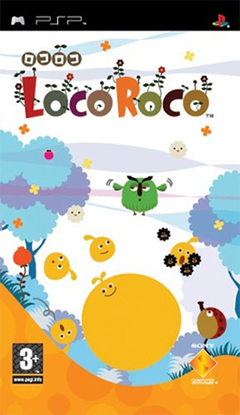
LocoRoco is a platform video game developed by Japan Studio and published by Sony Computer Entertainment, which was released worldwide in 2006 for the PlayStation Portable (PSP) handheld game console. The game was developed by Tsutomu Kouno, striving to create a game that was different from other titles being released for the PSP at the time. After demonstrating a prototype of the core gameplay to his management, Kouno was able to complete development over the course of a year and a half. In LocoRoco, the player must tilt the environment by using the shoulder buttons on the PSP in order to maneuver the LocoRoco, multi-colored jelly-like characters, through each level, being aided by other odd residents while avoiding hazards and the deadly Moja Troop, to reach an end goal.

SSX is a series of snowboarding video games published by EA Sports. SSX stands for Snowboard Supercross. The series introduced skiing with its fourth installment SSX on Tour. The creator of the series, Steve Rechtschaffner, is the inventor of the Olympic snowboarding event boardercross. SSX was a launch title for both the EA Sports Big brand and the original PlayStation 2.
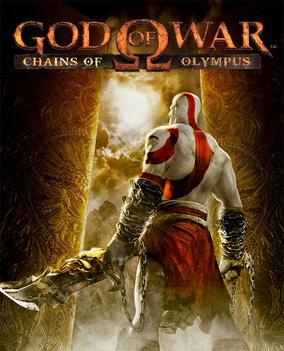
God of War: Chains of Olympus is an action-adventure hack and slash video game developed by Ready at Dawn, and published by Sony Computer Entertainment (SCE). It was first released for the PlayStation Portable (PSP) handheld console on March 4, 2008. The game is the fourth installment in the God of War series, the second chronologically, and a prequel to the original God of War. It is loosely based on Greek mythology and set in ancient Greece, with vengeance as its central motif. The player controls Kratos, a Spartan warrior who serves the Olympian gods. Kratos is guided by the goddess Athena, who instructs him to find the Sun God Helios, as the Dream God Morpheus has caused many of the gods to slumber in Helios' absence. With the power of the Sun and the aid of the Titan Atlas, Morpheus and the Queen of the Underworld Persephone intend to destroy the Pillar of the World and in turn Olympus.

Noby Noby Boy is a video game for the PlayStation 3 and iOS, developed by Keita Takahashi and published by Namco Bandai. The PlayStation 3 game was released worldwide on February 19, 2009 while the iOS version was released the following year on February 18, 2010.
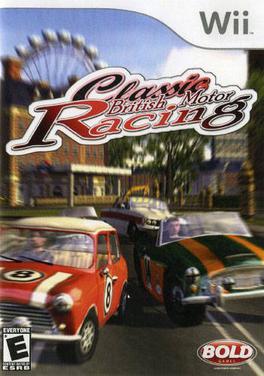
Classic British Motor Racing is a racing video game developed by budget developer Data Design Interactive. It was published by Bold Games (Destineer) in North America in early 2008, and in PAL regions 2–4 months later. The game features 13 tracks and 13 classic British cars licensed by the developer, and players drive around famous areas of Britain. The game is playable with up to two people. Reviews were critically negative, which the Wii version holds a score of 35.50% from GameRankings, while the PS2 holds a score of 35%, respectively. The PlayStation 2 and Windows versions were released on 10 February 2006.
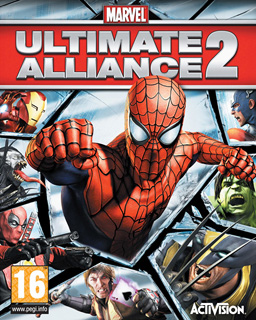
Marvel: Ultimate Alliance 2 is a 2009 action role-playing video game featuring characters from Marvel Comics. It is the sequel to 2006's Marvel: Ultimate Alliance, and the second installment in the Marvel: Ultimate Alliance series. The game was jointly developed by Vicarious Visions, n-Space and Savage Entertainment and published by Activision in September 2009. A port for the PlayStation 4, Xbox One and Microsoft Windows by Zoë Mode was released in July 2016.
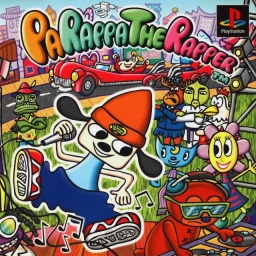
PaRappa the Rapper is a rhythm video game developed by NanaOn-Sha and published by Sony Computer Entertainment for the PlayStation in Japan in 1996 and worldwide in 1997. Created by music producer Masaya Matsuura in collaboration with artist Rodney Greenblat, the game features unique visual design and rap-based gameplay and is considered the first true rhythm game. It was ported to the PlayStation Portable in 2006 in celebration of its 10-year anniversary. A remastered version of the original PlayStation game was released for PlayStation 4 in 2017 for the game's twentieth anniversary.

Fate/unlimited codes is a fighting game planned by Cavia, developed by Eighting, and published by Capcom. It was released in Japan for arcades on June 11, 2008, and for the PlayStation 2 on December 18, 2008. An enhanced port was released for the PlayStation Portable in Japan on June 18, 2009, and was subsequently released digitally on the PlayStation Store in North America and Europe on September 3 and 10, 2009, respectively.
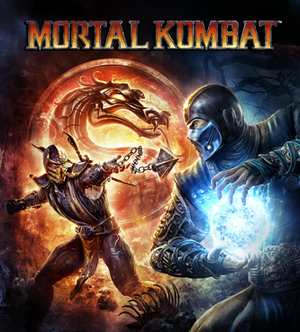
Mortal Kombat is a 2011 fighting game developed by NetherRealm Studios and published by Warner Bros. Interactive Entertainment. It is the ninth main installment in the Mortal Kombat series and a soft reboot of the series. The game was released for the PlayStation 3 and Xbox 360 systems in April 2011, and a PlayStation Vita port was released in May 2012. An expanded version of the game, titled Mortal Kombat: Komplete Edition, was released for Xbox 360 and PlayStation 3 in February 2012 and for Microsoft Windows in July 2013.
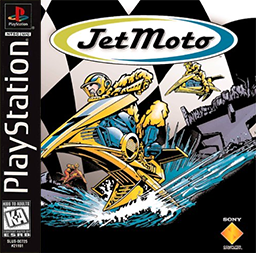
Jet Moto is a 1996 racing video game developed by SingleTrac and published by Sony Computer Entertainment for the PlayStation video game console and PC. The PlayStation version was released in North America on October 31, 1996; in 1997 for Europe in February and Japan on August 7. The PC version was released on November 13, 1997. Jet Moto was made available for the PlayStation Portable and PlayStation 3 via the PlayStation Network in February 2007. Developers chose fictional hovering bikes instead of wheeled motorcycles initially to resolve performance concerns. Other performance concerns led the team to develop two different physics systems—one for the player, and one for the 19 computer racers.
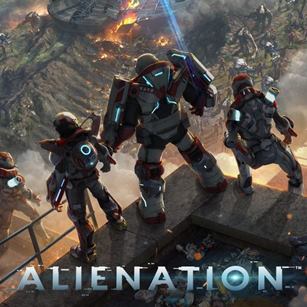
Alienation is an action role-playing shooter video game developed by Housemarque and published by Sony Interactive Entertainment for the PlayStation 4. It was released in April 2016 worldwide. The game is an isometric twin-stick shooter in which one to four players defend themselves against an alien invasion on Earth through increasingly-difficult levels. Players can choose one of three character classes, each with its own abilities. Players can upgrade their weapons with collectables, known as upgrade cores.

Jet X2O is a watercraft racing and stunt performance game that was developed by Killer Game and published by Sony Computer Entertainment.

